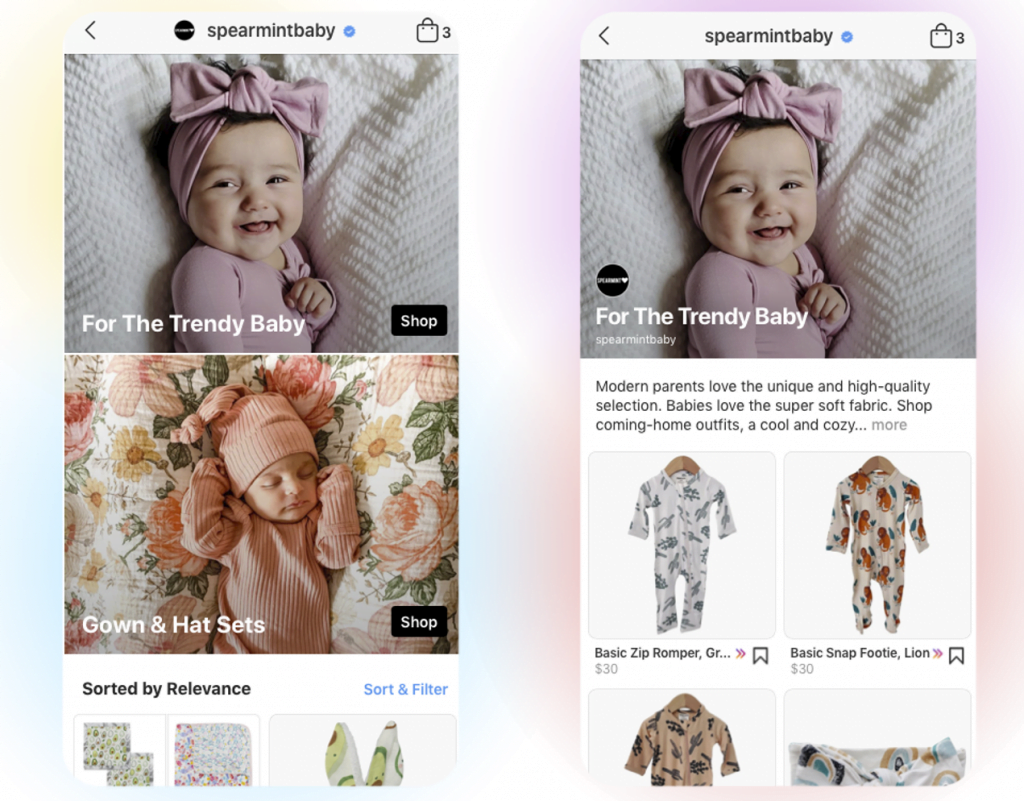Social media platforms continue to be a leader in driving product discovery for brands.
30% of online shoppers say they would be likely to make a purchase from a social media network like Facebook, Pinterest, Instagram, Twitter, or Snapchat – either through organic or paid efforts.
With the introduction of Facebook and Instagram Shops, social commerce has been a hot topic as of late.
But what exactly is it?
What Is Social Commerce?
By definition, social commerce is the use of social networks like Facebook, Snapchat, Pinterest, and others in the context of facilitating ecommerce transactions.
Social commerce can include the ability to checkout directly within each platform or be a collection of products hosted within the social network.
Most social commerce support is currently available through organic means.
But paid opportunities, such as product-focused ads available across most platforms, and additional support for paid social commerce are on the horizon.
Current Trends in Social Commerce
Social commerce is still in relative infancy, but the early numbers from existing products are promising.
ADVERTISEMENT
CONTINUE READING BELOW
eMarketer reports:
“According to Civic Science’s trend adoption tracker, the percentage of internet users who had bought a product directly through social media channels grew each quarter between Q4 2018 and Q3 2019, rising from 13% to 21%. The biggest jump came in Q2, shortly after the launch of Instagram Checkout.”
As platforms continue to expand their offerings to support commerce interactions, the adoption rates will most likely increase and we will see social commerce adoption climb.
Right now, the average buyer spends more than $300 annually via social commerce and that number is expected to almost double in the next few years.
Benefits of Social Commerce
There are a few key benefits for the implementation of social commerce for both the brand and shoppers.
For buyers, browsing and purchasing via a commerce product within a social media platform cuts down on the amount of friction associated with the shopping process.
These microsites are much more mobile-friendly which will generally lead to increased conversion rates.
ADVERTISEMENT
CONTINUE READING BELOW
Having all shopping actions hosted in one place helps to consolidate the funnel and increase efficiency in the customer journey.
With consumers doing all their shopping within the social platform, brands will be able to track each touchpoint via the native pixels and thus have better insight into attribution across the board.
These learnings will provide greater awareness of the role that social plays within the purchase journey.
Another plus to social commerce is the first-party targeting information that is housed within the individual social channels.
Being able to tap into these segments in a place where you know consumers are already spending time allows brands to capitalize on the connections that already exist on these platforms.
These segments provide the ability for brands to scale their commerce efforts across these channels.
How to Start Using Social Commerce Now
One of the first – and most important – steps in starting with any of these social commerce options is to make sure that your product feed is properly optimized for social as opposed to other feed-based platforms.
A few things to remember:
- Ensure the images that are being pulled in are the right size for use across social channels, typically a ratio of 1.91:1 and 500 x 500 pixels.
- Use custom labels to clearly delineate product groups you want to feature often, like new arrivals or best sellers.
- Make sure to have inventory markers uploaded to account for in and out of stock products.
It is also important to remember the individual nuances of each channel when customizing your feed, as well as considering how the media will be consumed on both desktop and mobile.
1. Facebook & Instagram Checkout & Shops
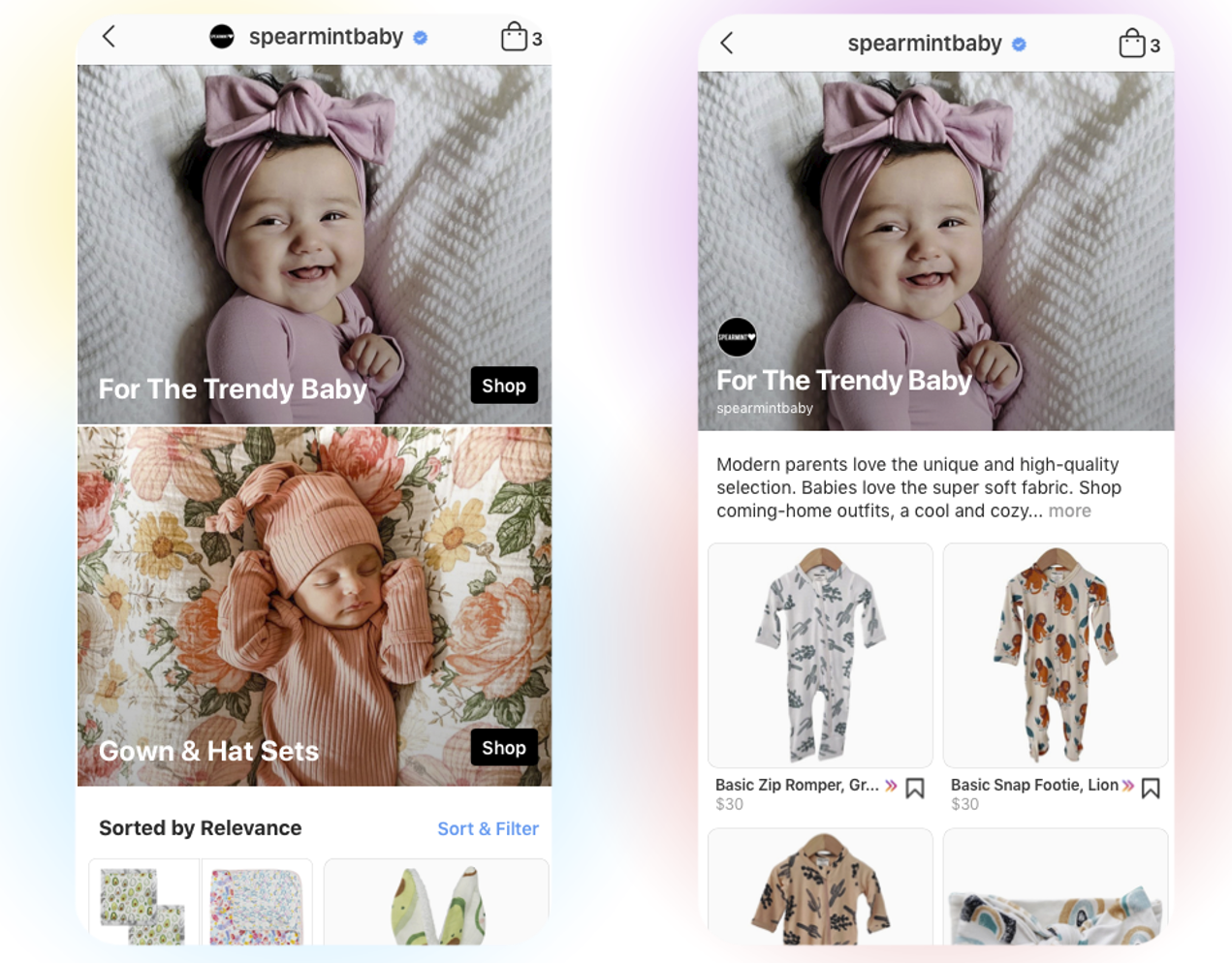
The leader in the social commerce space to date, unsurprisingly, is Facebook.
Instagram Shopping and Checkout were their first steps into the space more than a year ago and now Facebook and Instagram Shops are rolling out to build upon that success.
ADVERTISEMENT
CONTINUE READING BELOW
While Checkout is still in closed beta, Instagram Shopping and Facebook Shops are open to almost everyone – and it’s relatively easy to set up.
The first step is uploading your product catalog to Business Manager.
Once the feed is loaded, check to see if you’re eligible for Commerce Manager.
This is where you will create and edit your collections and shop layout in addition to managing inventory and checking on fulfillment.
One key thing to remember here – if you work with an agency partner, it’s important that the Commerce Manager lives within the brand’s Business Manager and not the agency’s.
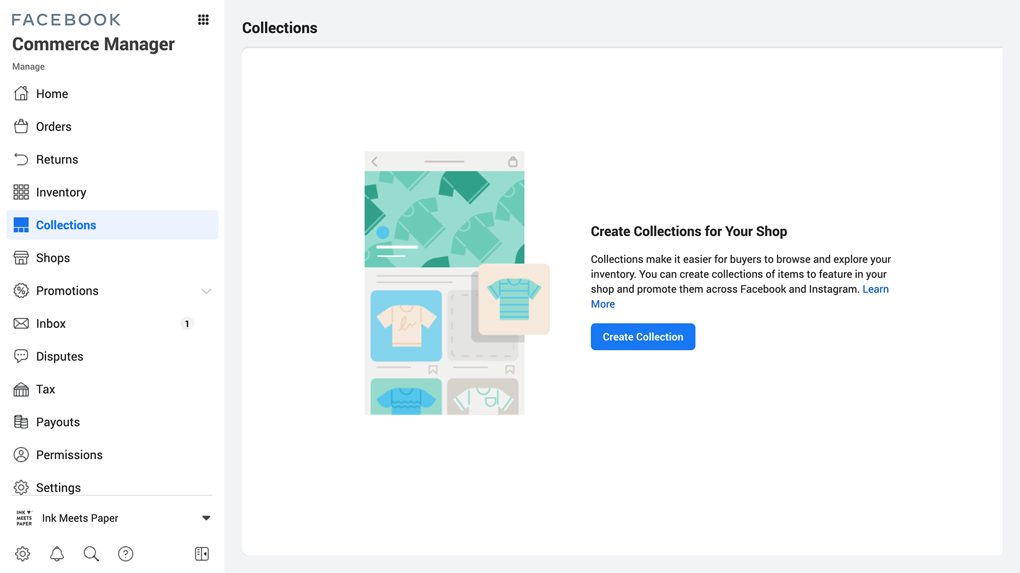
Once Commerce Manager has been set up, you can now begin to build out collections to be featured without your shop.
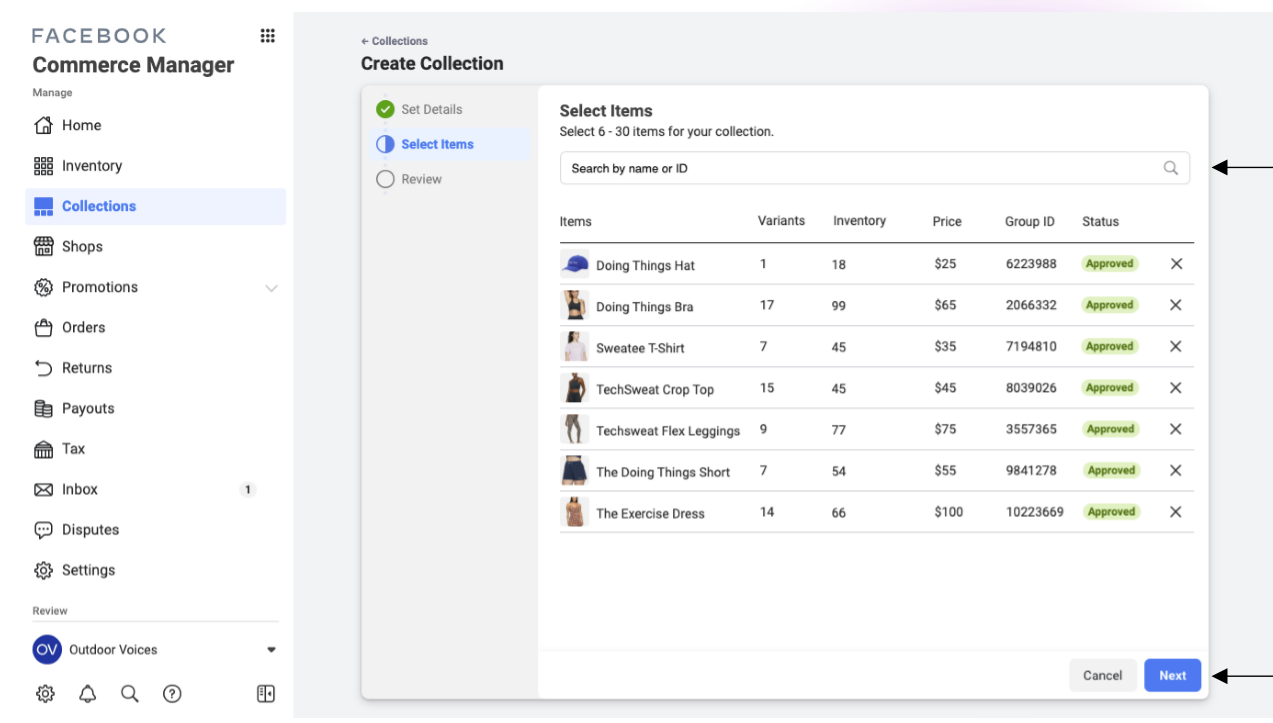
Once the collections are created and published to your page, you will be able to track performance metrics like content views and clicks to the website within the Commerce Manager.
ADVERTISEMENT
CONTINUE READING BELOW
For now, there are no paid amplification options available for Facebook and Instagram Shops and other commerce products.
2. Pinterest Product Pins & Shopping Ads

Pinterest is where shoppers come to be inspired and to discover new brands like yours.
According to Pinterest, 83% of Pinners have made a purchase based on the content they saw from brands on the platform.
Product Pins and Shopping Ads boost your distribution and help your products stand out.
Pinterest will automatically show your ads to relevant shoppers, matching your products with the people they think are likely to love them.
Pinterest catalogs are the fastest way to get your products onto Pinterest.
After your data source is approved, product Pins are automatically created for every item in the upload.
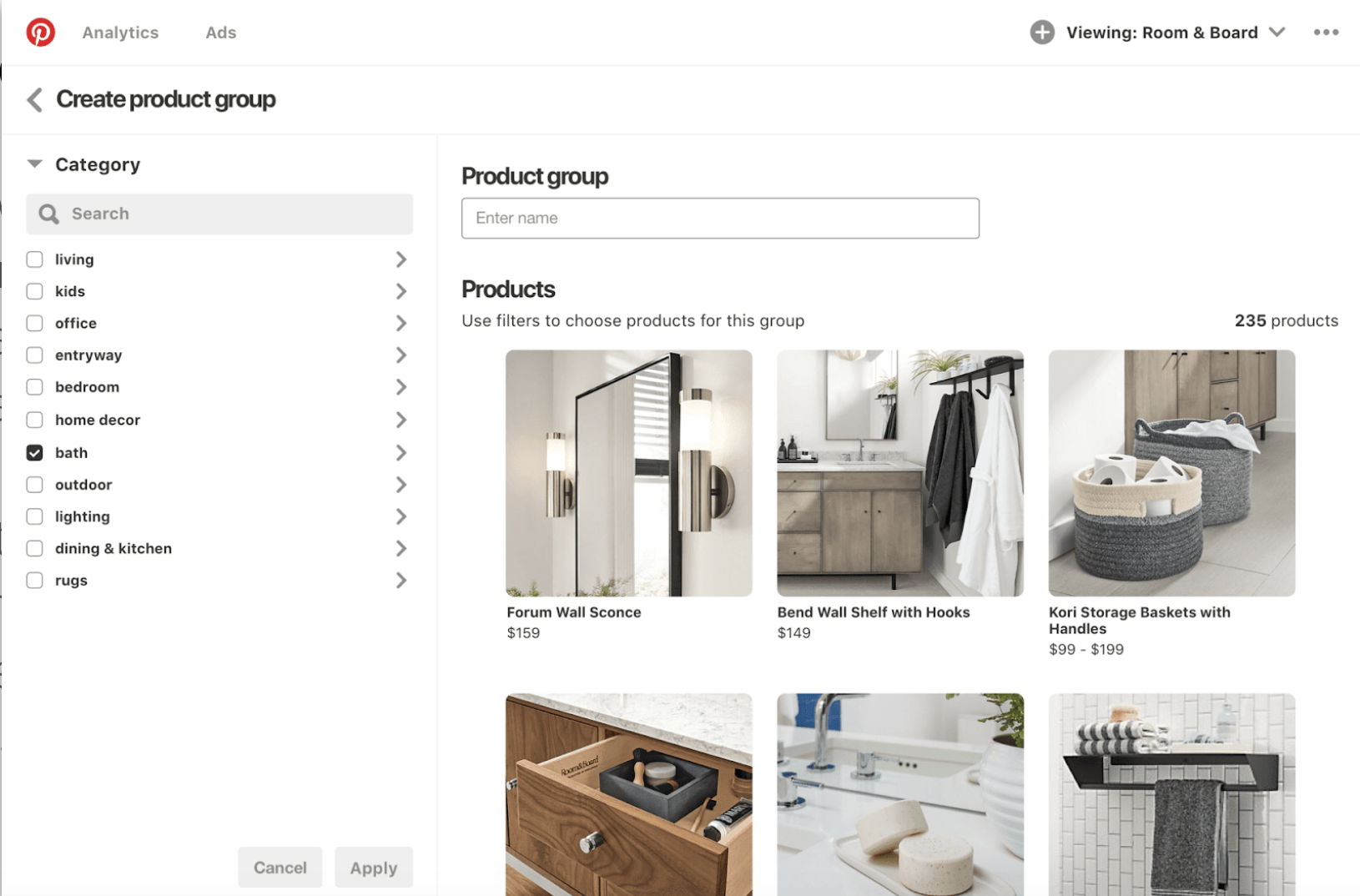
Product Pins contain data to let browsers know that they’re shoppable, including pricing info, availability, product title, and description.
ADVERTISEMENT
CONTINUE READING BELOW
Once Product Pins are set up, it is simple to transition to paid promotion of these pins.
Lumping products together into groups, such as best sellers or new arrivals, will allow for easier creation of collection-based ads which can then be amplified with media spend.

If Pinterest Shopping is on your radar, it is recommended to join the Verified Merchant Program.
The program gets you a dedicated Shop tab on your page, similar to what is available on Facebook and Instagram, as well as a badge showing your status.
The program also gives early access to new products, including updated insights capabilities.
3. Snapchat Collections
Snapchat has been testing in-app stores with a handful of influencers but has yet to roll it out for wider adoption.
However, there are a few options available for brands to tap into social commerce through paid options.
ADVERTISEMENT
CONTINUE READING BELOW
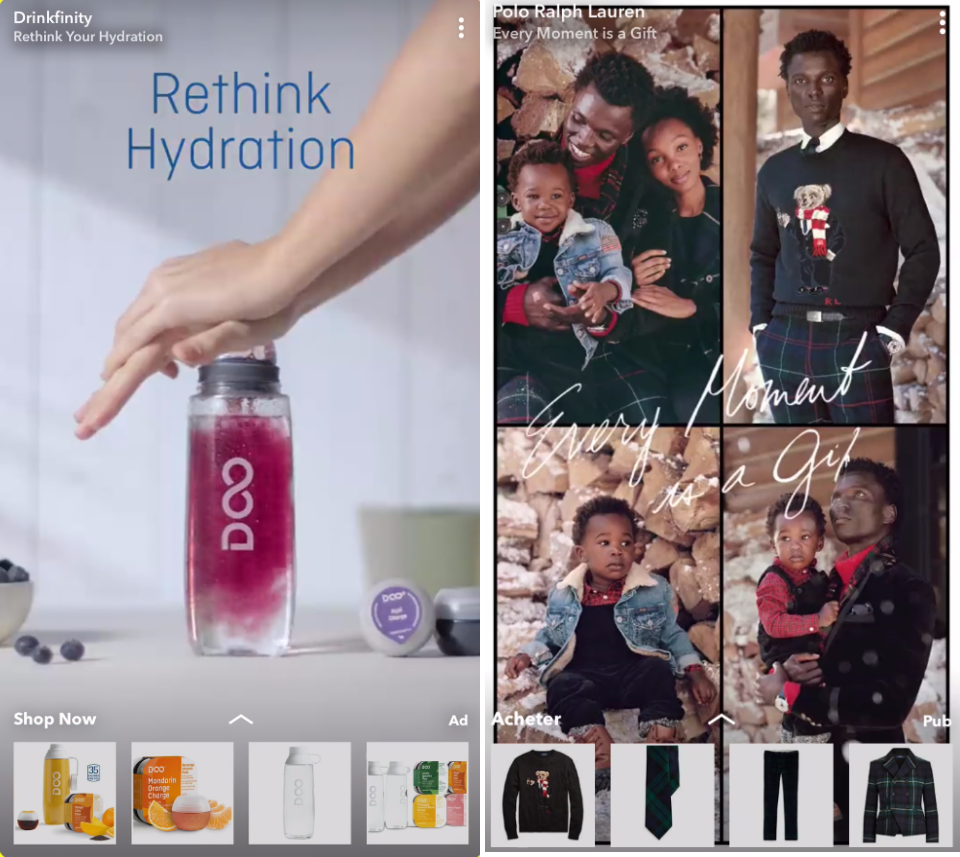
Snapchat Collection ads are their commerce-based ad type that allow you to feature a series of products within the ad unit where users can tap to get more information.
Unlike on Facebook and Instagram Shops, brands can put spend behind these units for a more targeted social commerce approach.
Similarly to Facebook, Snap Collections require the use of a product feed, which is housed within the Snap Ads Manager.
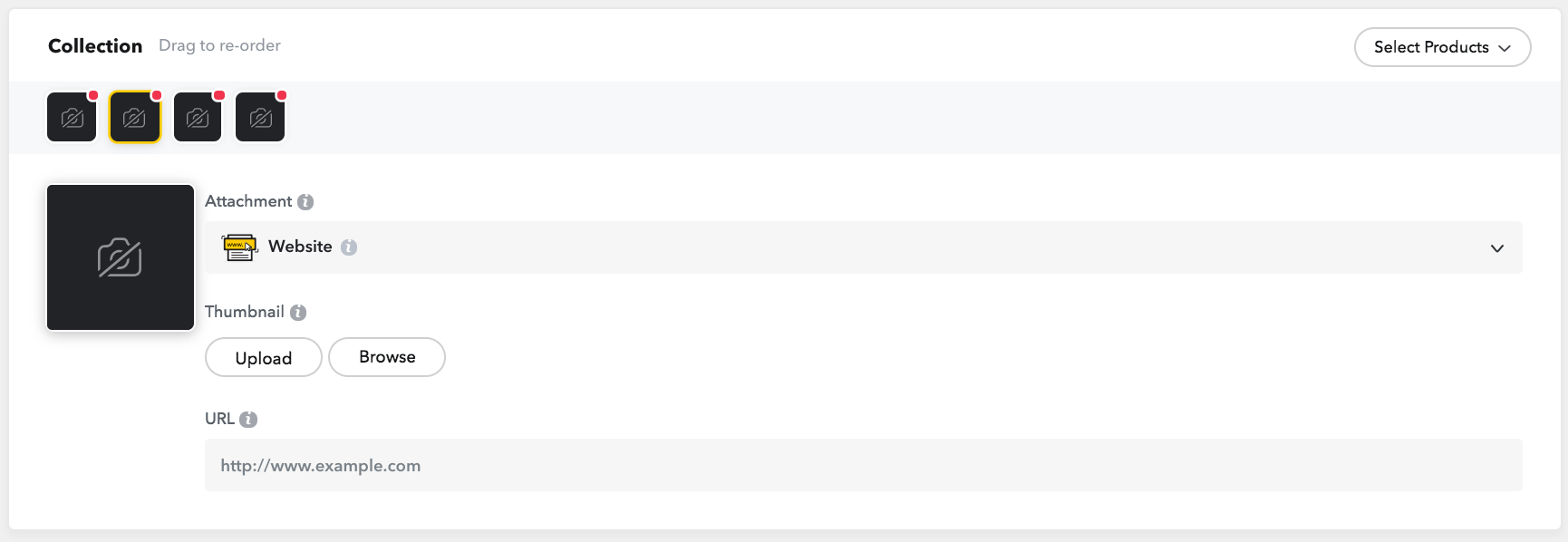
Once the products are loaded, the ad can be created within the Creative Library section of the platform.
ADVERTISEMENT
CONTINUE READING BELOW
There you can upload your hero image or video and select which products you want to feature and publish to use within ads.
You can also use the product feed for Snapchat dynamic ads.
Snapchat is testing a native checkout option as well, but right now it’s still in closed beta.
Social Commerce – What’s Coming Next?
As some of these newer social commerce offerings see adoption from brands, new data and trends will emerge on their impact within the ecommerce space.
Expect to see increased social click-through and conversion rates as consumer begin experimenting with these products.
In terms of the next wave of social commerce offerings, expect TikTok to join the fray as they continue to build out their ecommerce support and advertising offerings.
The platform offers a unique value proposition to brands as it historically has been used mostly for content viewing as opposed to brand discovery, which could have unique implications for audience reach.
As the platform continues to age up, expect the potential buying power on the app to grow as well.
ADVERTISEMENT
CONTINUE READING BELOW
One thing is for sure – social commerce will continue to be a major player in the digital commerce space for years to come.
And the brands that will be the most successful are the ones who adopt early and iterate often.
More Resources:
Image Credits
In-Post Images: Instagram, Pinterest
Screenshots taken by author, June 2020
